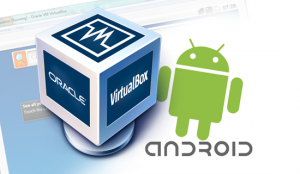Android Debug Bridge (adb) is a useful utility that lets you communicate with Android device, emulator instance, and even Android Virtual Machine. Although adb offers many kinds of features for Android-powered devices like transferring files, installing apk applications, and remounting memory card. It is widely used to root Android smartphones.
There are 2 ways to install adb tool:
Some ADB basic commands examples:
There are 2 ways to install adb tool:
Install adb tool in Android SDK - Download and install Android SDK
- Open SDK Manager and install Android SDK Platform-tools package
- After finished installing, navigate the directory where Android SDK is installed
- Press Shift key + right click on platform-tools folder and clickOpen command window here. Or,
- you can also use Windows Command Prompt (MS-DOS) navigate to platform-tools (On my computer, adb.exe is locate in C:\Program Files (x86)\Android\android-sdk\platform-tools)
Download adb tool only - Download adb tool here
- Extract adb-win.zip
- Press Shift key + right click on adb-win folder, then click Open command window here
cd c:\Program Files (x86)\Android\android-sdk\platform-tools
- To check Android devices which are connected with adb
- Show adb help message
- Receive "keyable.txt" file from Android device to local PC
- Send "keyable.txt" file from local PC to Android device
- Install "keyable.apk" application to Android device
- To view Android device's system log
- Stop the running adb server
adb devices
adb help
adb pull /sdcard/keyable.txt keyable.txt
adb push keyable.txt /sdcard/keyable.txt
adb install keyable.apk
adb logcat
adb kill-server

















